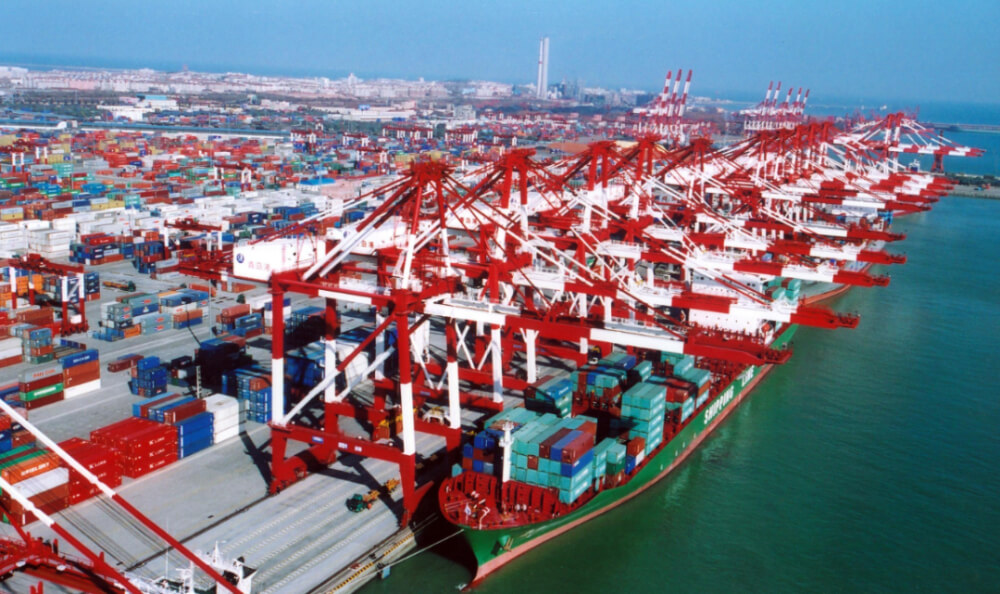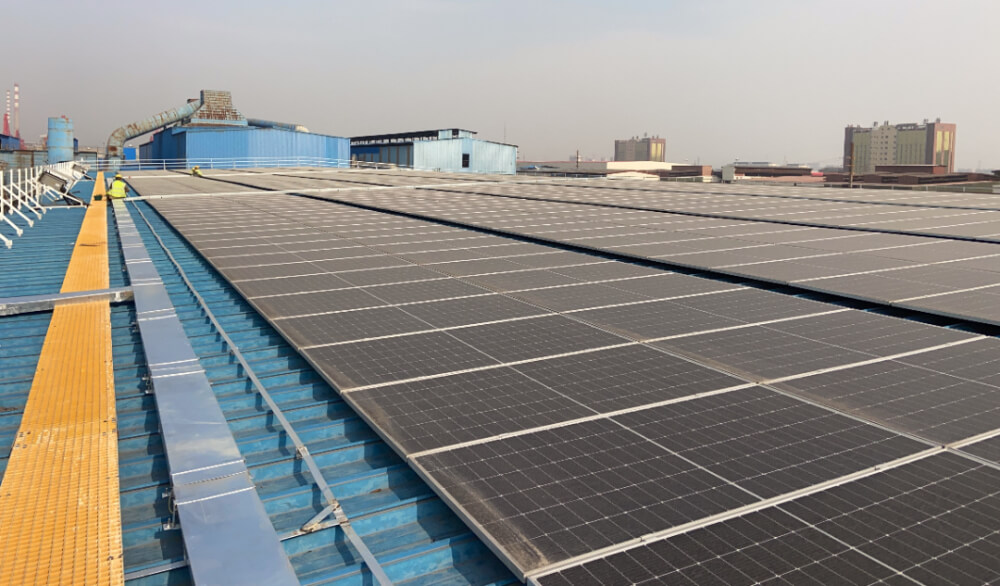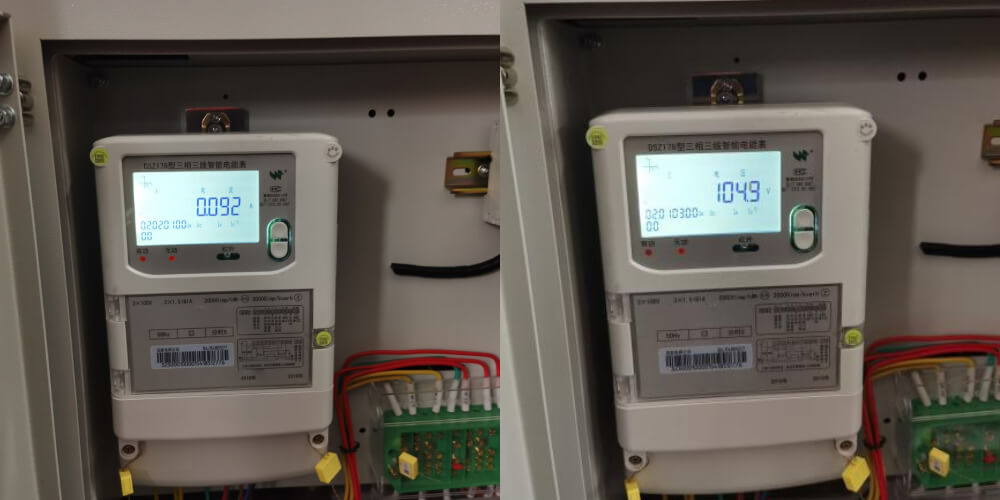Namkoo Solar's 800kW On-Grid Solar System Installation at Qatar Port Company
 namkoo solar
namkoo solar
The Qatar Port Company, situated in the bustling port city of Doha, was facing a critical issue - an insufficient supply of electricity to meet the growing demands of its terminal operations.
In search of a sustainable solution, the company turned to Namkoo Solar, a reputable solar installation company, to design, install, and commission an 800kW grid-connected solar system. This case study provides an in-depth look at the installation process, solar product selection, duration of installation, and the commissioning of the solar system.

Location and Background
- Location: Doha, Qatar
- Company Representative: Mr. Ahmed Al-Mansoori, Chief Operations Officer, Qatar Port Company
Challenges Faced by Qatar Port Company
The Qatar Port Company is a crucial hub for maritime trade in the Middle East, handling a significant volume of goods and cargo daily. However, the company was grappling with an increasing electricity demand due to the expansion of their terminal operations. This growing demand was straining the local grid and leading to frequent power disruptions, affecting their operations and causing financial losses.
To address this issue and reduce their carbon footprint, the Qatar Port Company decided to invest in a grid-connected solar system. Namkoo Solar was chosen for its reputation in designing and implementing solar solutions that seamlessly integrate with existing infrastructure.

Installation Process
1. Initial Consultation and Site Assessment
Namkoo Solar initiated the project by conducting a thorough site assessment at the Qatar Port Company's premises. This involved evaluating the available space, roof conditions, and the site's solar irradiance to determine the system's optimal size and orientation.
2. System Design and Product Selection
After analyzing the site data, Namkoo Solar's team of engineers designed an 800kW solar system tailored to the Qatar Port Company's energy needs. This included selecting the appropriate solar panels, inverters, mounting structures, and balance of system components to maximize energy production and system reliability.
3. Installation Phase
The installation process began with the mounting of solar panels on the available rooftops and open spaces within the company's premises. Namkoo Solar used high-efficiency monocrystalline solar panels for this project. The installation team ensured that the solar array was securely anchored and positioned to harness maximum sunlight throughout the day.
4. Electrical Integration
The next step involved connecting the solar panels to the inverters and the electrical grid. This required precise wiring and electrical work to ensure a seamless integration between the solar system and the company's existing electrical infrastructure.
5. Testing and Commissioning
Once the physical installation and electrical integration were complete, Namkoo Solar conducted a series of rigorous tests to ensure the system's functionality and safety. This included performance tests, electrical tests, and safety checks. The entire installation process was carried out with meticulous attention to detail, adhering to international standards.

Project Timeline
- Site Assessment and Design: 3 months
- Installation Phase: 4 months
- Testing and Commissioning: 2 weeks
Grid Connection
Following successful testing and commissioning, Namkoo Solar worked closely with the local utility company and relevant regulatory bodies to obtain the necessary approvals for grid connection. This process took approximately 2 months, during which the solar system remained offline.
Benefits and Outcomes
-
Sustainable Energy: The 800kW grid-connected solar system now generates a substantial portion of the Qatar Port Company's electricity needs, reducing its dependence on conventional power sources and lowering its carbon emissions.
-
Cost Savings: By harnessing solar energy, the company is projected to save a significant amount on its electricity bills annually, contributing to improved financial stability.
-
Reliable Power Supply: The solar system has enhanced the reliability of the company's power supply, reducing the risk of costly downtime due to grid disruptions.
-
Environmental Impact: The switch to solar power has positively impacted the environment by reducing greenhouse gas emissions, aligning with Qatar's commitment to sustainability.
Conclusion
Namkoo Solar's successful installation of an 800kW grid-connected solar system at the Qatar Port Company has not only addressed the company's electricity supply challenges but has also positioned it as a sustainability leader in the region. The meticulous planning, quality solar products, and professional installation have resulted in a reliable and efficient solar system that will benefit the company for years to come. The project showcases the potential for renewable energy solutions in addressing power supply issues while contributing to environmental conservation.



































